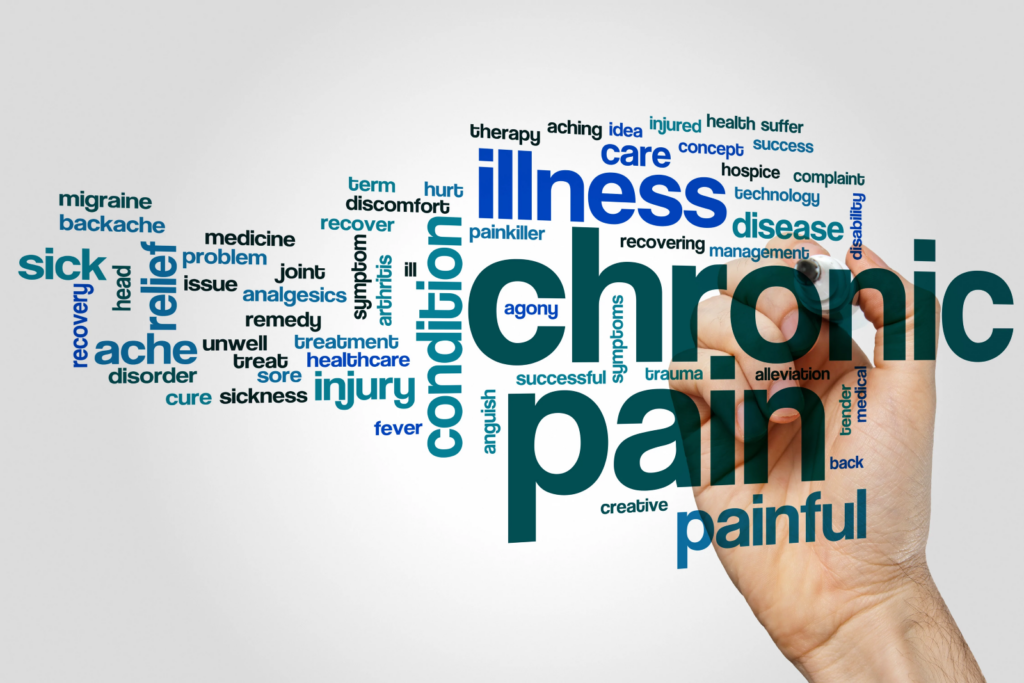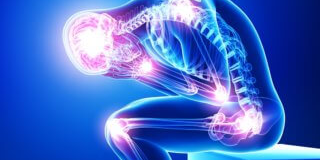Chronic pain is a pain or injury lasting longer than the usual healing time. Depending on the injury, symptoms and signs persisting longer than three months, despite getting rehab and treatment, are signs of chronic pain.
Chronic pain and chronic injuries can last for years. This can occur after a fall, a car accident, surgery, illness, or anything that starts the recovery response in the body.
Chronic pain can affect many areas of your life, daily activities, your sleep, your work, and your emotions. It can take you away from doing the things you love, spending time with friends, going for walks, gardening, and your general well-being.
In this article, we will talk about the signs of chronic pain and chronic injuries, what is happening in the body, and what can be done about it.
Symptoms and Signs
Chronic pain can show itself in many different ways, from person to person, and can often be invisible to others. The pain can be constant or flare up when doing the simplest of daily activities. The symptoms can feel like a constant ache, joint soreness, nerve-like burning pain, throbbing pain or general stiffness.
You may find sleeping patterns are disturbed, such as the inability to sleep, restless sleep or a constant feeling of fatigue and lethargy.
Emotionally, chronic pain can cause a feeling of hopelessness, depression, and anxiety or make you feel irritable and distant. People suffering from chronic pain symptoms can feel like they are not themselves anymore.
Although chronic pain and chronic injuries may not be visible, a physiological reaction is happening in your body to cause the symptoms. In the presence of pain, our body becomes sensitive to outside stimuli. In the case of chronic pain, your body can be in a constant state of hypersensitivity. The inflammation response also becomes chronic, sending chemicals and healing properties to the injury site. This makes the acute response symptoms last for months to years, including; muscle spasms, stiffness, inflammation, pain and spasm response.

How to Treat Chronic Pain
Although chronic pain is not fully understood, some therapies can be done to manage pain and decrease other associated symptoms.
A chronic injury can put the injury site and surrounding area out of whack, like a hip injury seizing up the back, a shoulder injury decreasing the spinal range of motion or a neck injury causing headaches. Relieving the spasming muscles and strengthening the weak muscles allows for proper body mechanics – core setting, spine stabilization, hip range, glute strength, neck range and scapular strength.

When to Seek Treatment
Chronic pain can be emotionally and physically draining. If an injury is not treated correctly or treated soon enough, it can turn into a chronic injury, lasting much longer than the average healing time.
Get proper treatment and rehab to avoid long-lasting symptoms as soon as you are injured, whether that be a broken bone, a sprained ligament, a car accident, or an illness.





